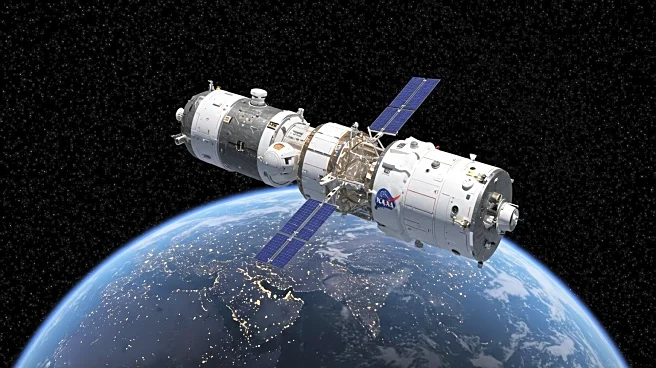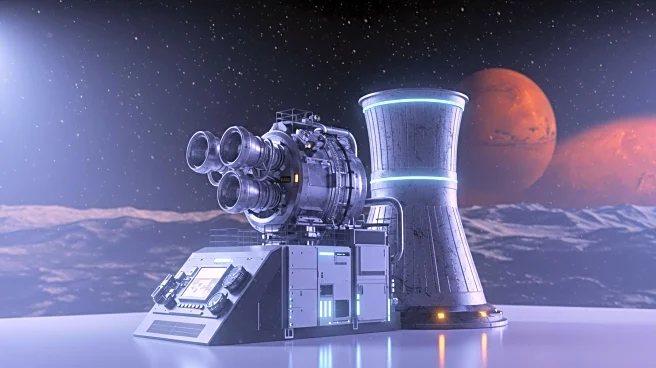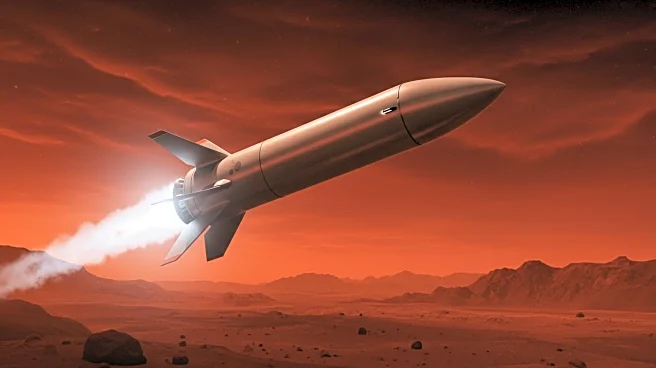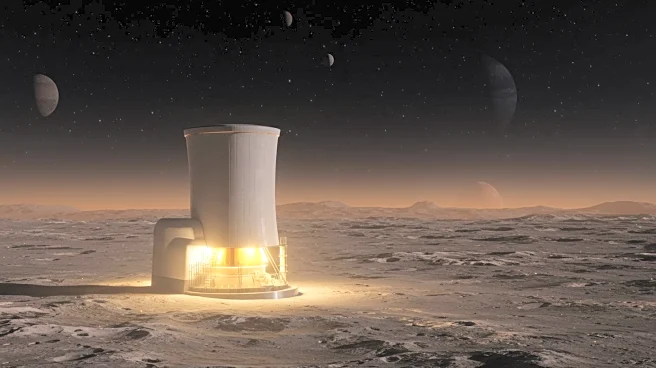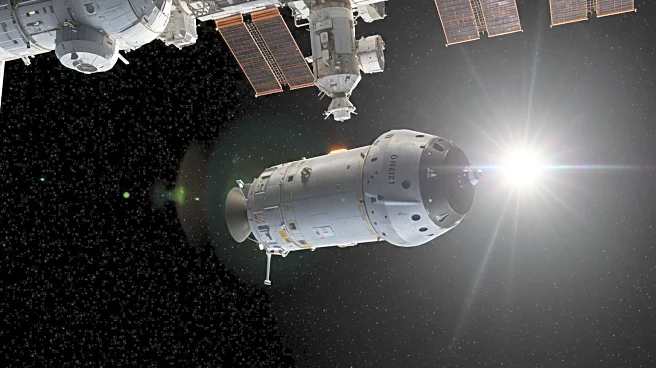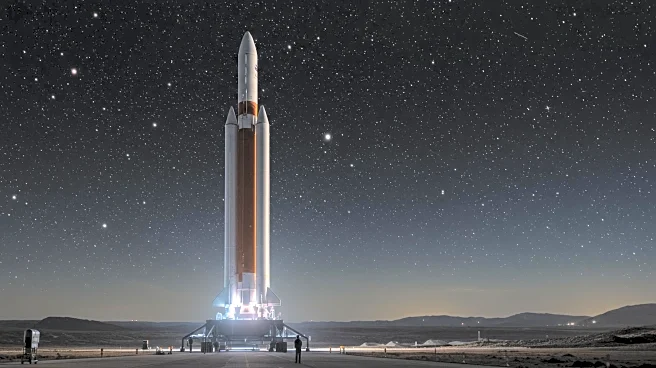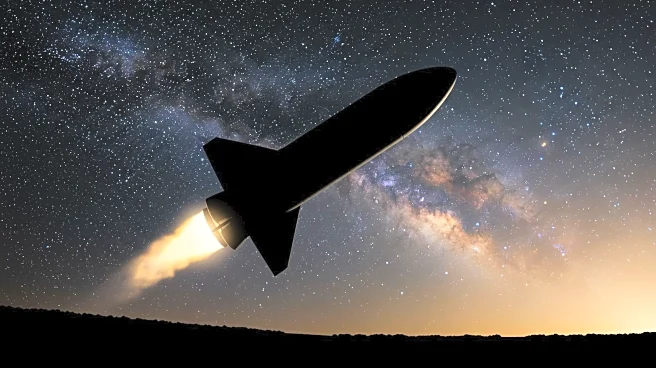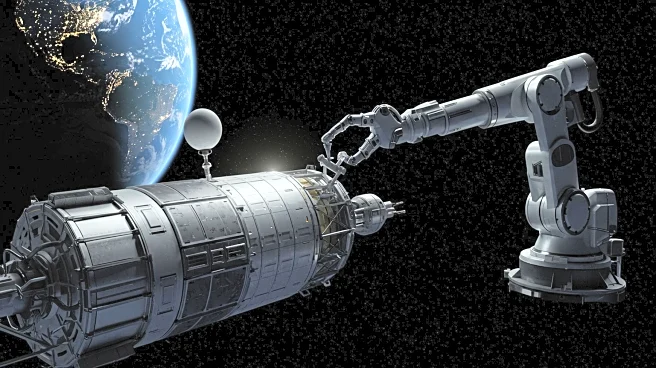What is the story about?
What's Happening?
NASA has announced a $1.4 million investment in collaboration with six companies to develop orbital transfer vehicles. These vehicles are designed to move spacecraft to challenging orbits, thereby enhancing mission capabilities. The initiative aims to address the growing demand for efficient orbital transport solutions, which are crucial for commercial space deliveries and future lunar and Mars missions. The development involves nine vehicle studies, focusing on improving access to difficult-to-reach destinations and enabling larger payload deliveries.
Why It's Important?
The development of orbital transfer vehicles is a significant step in advancing space exploration capabilities. By enabling spacecraft to reach challenging orbits, NASA is paving the way for more efficient and cost-effective space missions. This initiative could revolutionize interplanetary travel logistics, allowing for larger payloads and enhanced maneuverability. The investment reflects NASA's commitment to supporting commercial space ventures and ensuring the sustainability of future missions, potentially leading to groundbreaking advancements in space travel.
What's Next?
As NASA and its partners continue their research, the focus will be on refining the technology and ensuring its practical application in future missions. The success of these orbital transfer vehicles could lead to more ambitious projects, including enhanced lunar and Martian exploration. Stakeholders in the aerospace industry will likely monitor the progress closely, as the outcomes could influence future commercial space strategies and collaborations.
Beyond the Headlines
The initiative also raises ethical and logistical questions about the future of space exploration. As access to challenging orbits becomes more feasible, considerations around space debris management and international collaboration will become increasingly important. The development of these vehicles could also impact global space policies, as nations and companies vie for strategic advantages in the burgeoning space economy.
AI Generated Content
Do you find this article useful?
